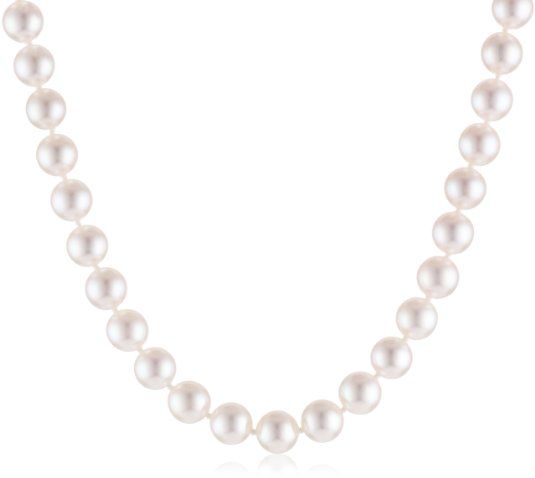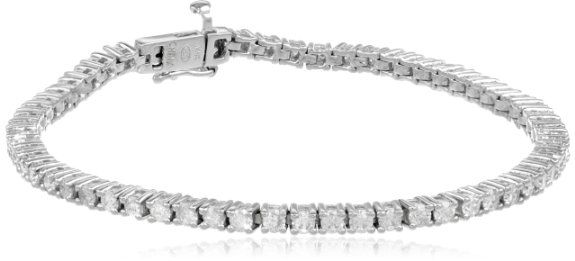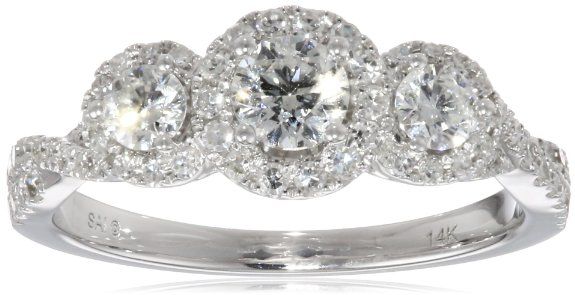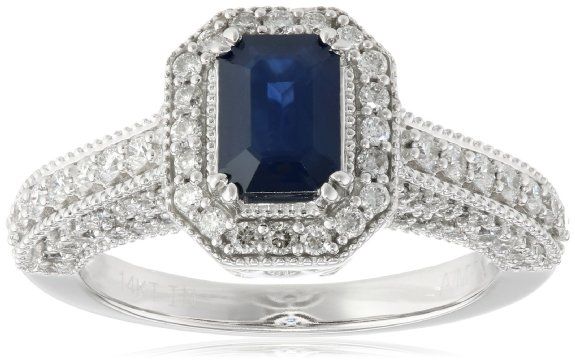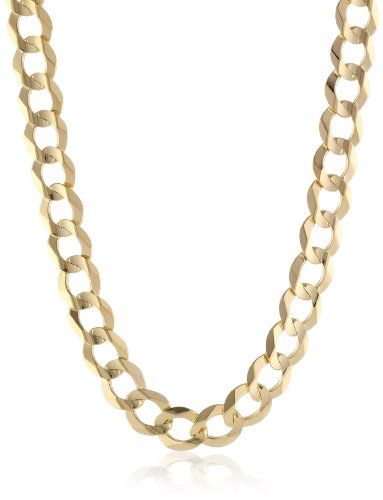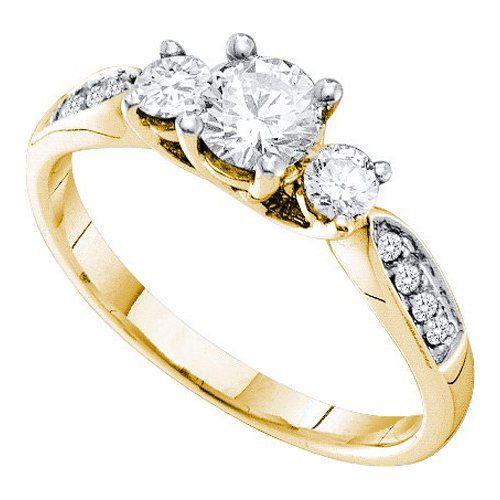
- All our diamond suppliers certify that to their best knowledge their diamonds are not conflict diamonds.
- The natural properties and composition of mined gemstones define the unique beauty of each piece. The image may show slight differences to the actual stone in color and texture.
- Gemstones may have been treated to improve their appearance or durability and may require special care.
- Imported
If you want to see our collection of necklaces, please click necklaces

Product Description
Mystic topaz and amethyst stone accents deliver bold purple and iridescent sparkle against supporting white or yellow gold on this whimsical dragonfly pendant necklace. Small white diamonds finish the piece traveling in graduated sizes down the dragonfly's body.
Color
Jewelers describe the color of a gemstone in terms of three characteristics: hue, saturation, and tone. A gemstone's basic color is its hue, and those with purer hues (for emeralds, green; for sapphires, blue; and for rubies, red) are generally considered more valuable. Often, however, a hint of another color can be detected. Saturation is a measure of the intensity or purity of a gem's hue and is determined by the degree to which gray or brown hues mute its defining color. Value tends to increase with saturation, so a fully saturated purplish blue sapphire may well be more expensive than a muted pure blue one. The tone of a gemstone, a measurement of its lightness or darkness, is usually given as light, medium-light, medium, medium-dark, or dark.
Clarity
A flawless gemstone is rare and expensive. As with diamonds, most gemstones have inclusions, or tiny mineral flaws, that can be seen under magnification or by the careful eye. Make sure that any inclusions in the stone do not penetrate deeply into the gem, as this may cause it to break or crack. Clarity grades range from VVS (very, very slightly included) to I3, in which inclusions are prominent and severely affect the gemstone's beauty.
Cut
A gemstone's cut refers to its proportions and symmetry. In making a gemstone look appealing--the stone should be symmetrical in all dimensions so that it will appear balanced, and that its facets will reflect light evenly. Color should also be taken into account when cutting for optical efficiency. If a stone's color is highly saturated, a shallow cut will allow it to pass more light, while a deeper cut may increase the vividness of a less saturated gem. There is no generally accepted grading system for gemstone cut.
Size
Though a gemstone's weight is usually given in carats, this may not give an accurate idea of its size, because different types of stone have different densities. Therefore, a 1-carat sapphire or ruby will be smaller than a 1-carat emerald, though they have the same weight, because sapphires and rubies (both a form of the mineral corundum) are more dense than emeralds.
Gemstones can also be measured in dimensions (diameter, length, and width). It is important to know the dimensions to ensure that the gemstone weight will be visible and well-proportioned in the setting.
Gemstone Treatment
Gemstones are often treated to enhance color and fill cracks. Please note: if a gemstone has been treated, this information will be provided in the specifications on the stone's product detail page.
There are various accepted techniques, depending on the type of stone:
Oils and resins are frequently used to fill surface-reaching fissures in emeralds and rubies. This process is not permanent, however; if a treated ruby or emerald is subjected to high heat, the filler may leak out of the stone.
Sapphires and rubies are often heated in a kiln or furnace to enhance their color. Such heat treatment, which is considered permanent, has been used for centuries.
Lightly colored sapphires may also undergo diffusion treatment. This is done by heating a stone in the presence of coloring elements such as titanium or iron, which causes a thin layer of color to be diffused into the stone's surface. Because this color layer is so thin, a diffusion-treated sapphire should not be re-polished.
Gemstone Care
To clean gemstone jewelry, first wipe it with a soft cloth to remove any dirt. Emeralds require only the use of a soft cloth, as cleaners may damage these soft gems. Sapphires and rubies can be cleaned with either an ultrasonic cleaner or a solution of one part ammonia to six parts water, with a soft brush. Store your gemstone jewelry in a soft cloth pouch or jewelry case so it does not touch other pieces in your collection. As with all jewelry, normal wear and tear can loosen prongs and settings, so it is a good idea to have it checked by a professional jeweler who can make repairs as needed.
Mystic topaz and amethyst stone accents deliver bold purple and iridescent sparkle against supporting white or yellow gold on this whimsical dragonfly pendant necklace. Small white diamonds finish the piece traveling in graduated sizes down the dragonfly's body.
Color
Jewelers describe the color of a gemstone in terms of three characteristics: hue, saturation, and tone. A gemstone's basic color is its hue, and those with purer hues (for emeralds, green; for sapphires, blue; and for rubies, red) are generally considered more valuable. Often, however, a hint of another color can be detected. Saturation is a measure of the intensity or purity of a gem's hue and is determined by the degree to which gray or brown hues mute its defining color. Value tends to increase with saturation, so a fully saturated purplish blue sapphire may well be more expensive than a muted pure blue one. The tone of a gemstone, a measurement of its lightness or darkness, is usually given as light, medium-light, medium, medium-dark, or dark.
Clarity
A flawless gemstone is rare and expensive. As with diamonds, most gemstones have inclusions, or tiny mineral flaws, that can be seen under magnification or by the careful eye. Make sure that any inclusions in the stone do not penetrate deeply into the gem, as this may cause it to break or crack. Clarity grades range from VVS (very, very slightly included) to I3, in which inclusions are prominent and severely affect the gemstone's beauty.
Cut
A gemstone's cut refers to its proportions and symmetry. In making a gemstone look appealing--the stone should be symmetrical in all dimensions so that it will appear balanced, and that its facets will reflect light evenly. Color should also be taken into account when cutting for optical efficiency. If a stone's color is highly saturated, a shallow cut will allow it to pass more light, while a deeper cut may increase the vividness of a less saturated gem. There is no generally accepted grading system for gemstone cut.
Size
Though a gemstone's weight is usually given in carats, this may not give an accurate idea of its size, because different types of stone have different densities. Therefore, a 1-carat sapphire or ruby will be smaller than a 1-carat emerald, though they have the same weight, because sapphires and rubies (both a form of the mineral corundum) are more dense than emeralds.
Gemstones can also be measured in dimensions (diameter, length, and width). It is important to know the dimensions to ensure that the gemstone weight will be visible and well-proportioned in the setting.
Gemstone Treatment
Gemstones are often treated to enhance color and fill cracks. Please note: if a gemstone has been treated, this information will be provided in the specifications on the stone's product detail page.
There are various accepted techniques, depending on the type of stone:
Oils and resins are frequently used to fill surface-reaching fissures in emeralds and rubies. This process is not permanent, however; if a treated ruby or emerald is subjected to high heat, the filler may leak out of the stone.
Sapphires and rubies are often heated in a kiln or furnace to enhance their color. Such heat treatment, which is considered permanent, has been used for centuries.
Lightly colored sapphires may also undergo diffusion treatment. This is done by heating a stone in the presence of coloring elements such as titanium or iron, which causes a thin layer of color to be diffused into the stone's surface. Because this color layer is so thin, a diffusion-treated sapphire should not be re-polished.
Gemstone Care
To clean gemstone jewelry, first wipe it with a soft cloth to remove any dirt. Emeralds require only the use of a soft cloth, as cleaners may damage these soft gems. Sapphires and rubies can be cleaned with either an ultrasonic cleaner or a solution of one part ammonia to six parts water, with a soft brush. Store your gemstone jewelry in a soft cloth pouch or jewelry case so it does not touch other pieces in your collection. As with all jewelry, normal wear and tear can loosen prongs and settings, so it is a good idea to have it checked by a professional jeweler who can make repairs as needed.

See also our collection of necklaces jewelry XPY Sterling Silver and 14k Yellow Gold Blue and White Sapphire "Cross Your Heart" Pendant Necklace
Customer Review
Absolutely stunning..... By Brenda Baldwin "Puppy lover"
This is stunning, the colors and clarity are amazing and it is a very unique design.....It was a great price and great delivery.
Absolutely stunning..... By Brenda Baldwin "Puppy lover"
This is stunning, the colors and clarity are amazing and it is a very unique design.....It was a great price and great delivery.



